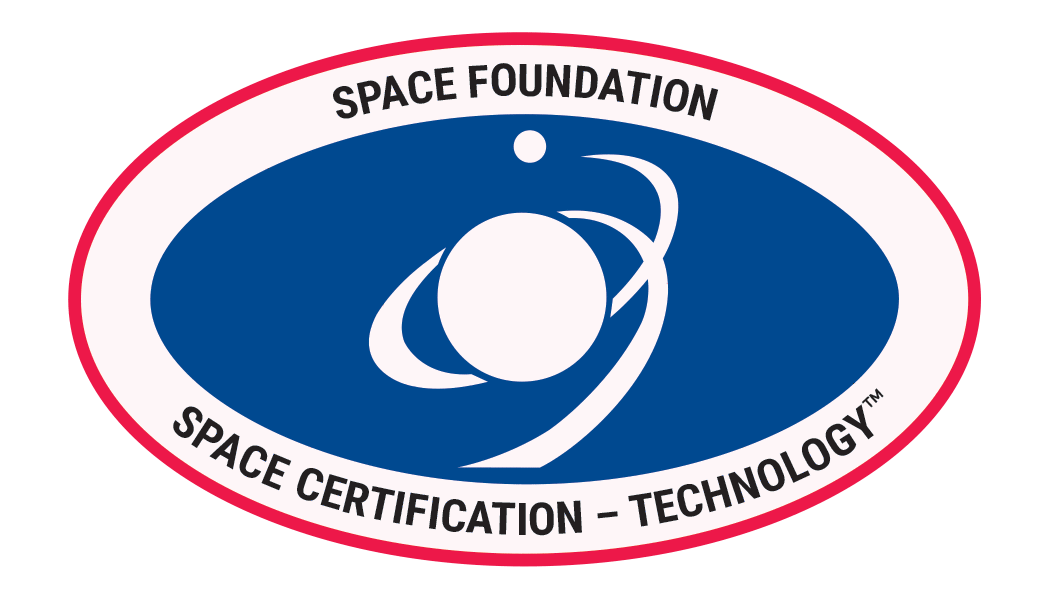We bet that you when you woke up this morning, your first thought was more likely to be about how well you slept last night, rather than what NASA had to do with the mattress you slept on. (If the latter, we salute you.) Yet the material between you and your box spring has more to do with the US space program than you might realize.
The NASA charter of 1958 opens with this goal: “to provide for research into problems of flight within and outside the earth’s atmosphere, and for other purposes.” Part and parcel of that mission is to bring the research done for and during space exploration back to planet Earth. Since NASA’s early days, researchers and scientists with the space commission have had a part in developing roughly 2,000 items that have made their way into everyday use. Scratch-resistant lenses came out of research on materials used to develop astronauts’ helmets.
- An omega-3 fatty acid identified for nutrition on potential missions to Mars is now in 90 percent of baby formula sold in across the world. (When not a nutrient fueling interplanetary travel, the fatty acid is found mainly in breast milk.)
- Cochlear implants began as an idea of a NASA engineer who was frustrated by his own hearing.
- And that good night’s sleep? Memory foam came out of NASA developments to create a material that could help buffer against the effects of g-force.
The Space Foundation’s Space Certification Program awards a seal of approval to companies whose products and services can demonstrate a viable link to the space program. Narbis is proud to be recently named a Space Certification partner for our space-based technology.
Our certification comes by way of the NASA-developed algorithm in our proprietary application, also known as the NASA Engagement Index (US patent #5,377,100), invented by Dr. Alan Pope, a senior research scientist at NASA who is also on the Narbis advisory board and a consultant for us.
The Narbis smart glasses’ space-age algorithm employs three sensors to track relaxation, distraction, and focus and help users practice these skills while doing everyday activities. Originally used to track a pilot’s distractibility during flight, we could think of no better use of the technology than to help folks battle the ever-growing number of diversions we face when trying to perform important tasks.
Out of all of the things to be thankful for this Thanksgiving, let’s show some gratitude to the pioneers at NASA who have made all of these breakthroughs that help bring modern life that much closer to the space age — and dare we say, rest easy.
Ready to take space technology spinoffs for a spin? Pre-order Narbis today and don’t miss out on the special pricing through the end of November.







